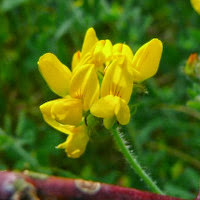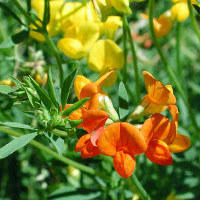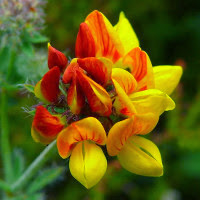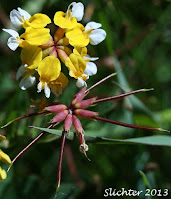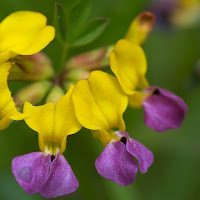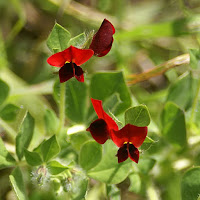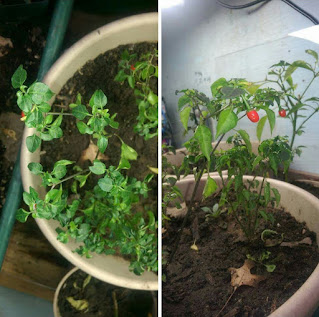During a recent conversation with a biologist I'd just met, the topic of a jumping nematode came up. (It is a type of tiny nematode that parasitizes insects, so you don't have to worry about these critters jumping out of the woods at you.) I then mentioned some of the unexpected ways that snails can get around. This inspired me to write up this short post on the topic of snails, with some helpful links to illustrative videos.
Your typical, every day garden snail gets around by gliding on mucus it secretes. The gliding motion is driven by continuous waves of muscle contraction along the bottom of its foot.
Some aquatic snails (such as the charismatic Turbo snail) have evolved a division down the length of their foot, separating their foot into two "feet" which can move independently. This allows the snails to walk around by alternately moving each foot forwards, while holding securely to their substrate. These same snails can also glide around when they're not in such a hurry. (I've witnessed this behavior in a saltwater aquarium setting, but I don't have a nice video link illustrating it.)
The next advancement in snail locomotion comes in the form of a shoreline living creature called the Plough Snail. It eats fish and jellies that have washed ashore, but has to be quick about it because so many other things are looking to eat this rich source of protein. In conversation, I had described these snails as "running", but really what they're doing is more of a breast-stroke style movement that propels them quickly along the surface of wet sand. By altering how far they move either side forward, they can change direction equally quickly. (This is the fastest snail I've ever seen, so I'll probably keep referring to them as "running" when they come up in casual conversation.)
There are also various kinds of snails that get around by swimming. One group are referred to as Sea Butterflies because the motion of their "wings" looks like that of a butterfly.
References:
- Snail gliding: www.youtube.com/watch?v=0xBDwe1FD50
- Turbo snails:
- Plough snails:
- Sea Butterfly:
